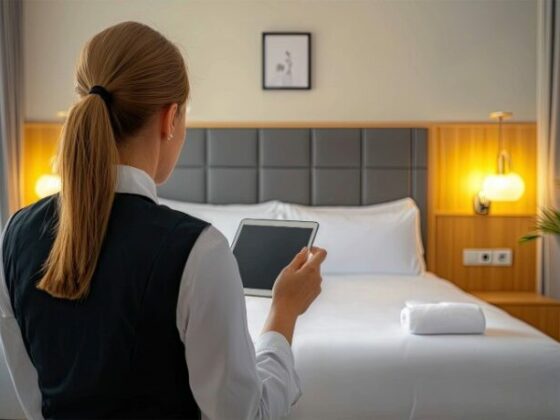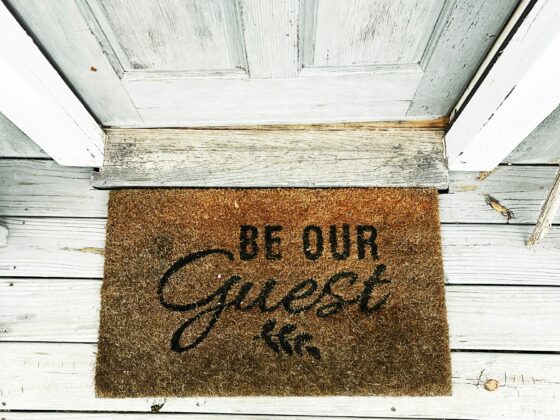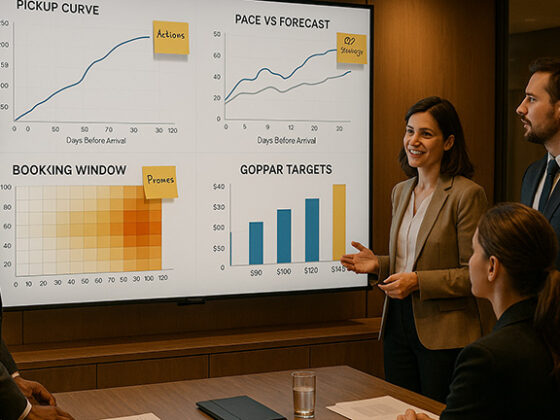
What Are the 5 Stages of Guest Experience?
The 5 stages of guest experience are:
- Pre-Arrival
- Arrival
- Stay
- Departure
- Post-Stay
Each stage represents a critical point in the guest journey, where hotels can shape perceptions, satisfaction, and long-term loyalty. Understanding these stages helps hoteliers improve service, strengthen guest relationships, and enhance their property’s reputation.
Why Guest Experience Matters in Hospitality
Guest experience isn’t just about a warm welcome. It’s the sum of every interaction a guest has with your hotel — starting long before they arrive and continuing well after they’ve checked out. From the moment a traveler begins researching accommodations to the time they share their review or decide to return, every touchpoint shapes how they perceive your brand.
Even one negative interaction or friction point can influence public perception, impact online ratings, or deter future bookings. On the other hand, consistently positive experiences — no matter how small — build trust, loyalty, and word-of-mouth recommendations.
The 5 Stages of Guest Experience (Detailed Guide)
1. Pre-Arrival
This stage begins well before a guest sets foot on your property. It covers the research, decision-making, booking, and pre-check-in processes.
During this phase, potential guests are exploring accommodation options, comparing prices and reviews, and forming their first impressions of your hotel based on your website, online presence, and communications.
For hoteliers, this is a crucial opportunity to shape expectations and influence booking decisions. Clear, informative content, strong review scores, and personalized communication can all contribute to building confidence and encouraging direct bookings.
Guest mindset: Curious, planning, forming expectations.
Opportunities to improve:
- Send booking confirmations and pre-arrival emails.
- Offer optional pre-stay surveys.
- Provide helpful travel and arrival tips.
2. Arrival
This is the guest’s first in-person interaction with your hotel, and it often forms the foundation for how the rest of the stay is perceived. It includes everything from the moment they enter your property to their experience at the front desk.
For hoteliers, the arrival stage is a chance to make a strong first impression. A smooth, friendly, and personalized check-in process can immediately put guests at ease and reinforce their decision to stay with you.
Small touches like addressing guests by name, offering a welcome drink, or highlighting amenities relevant to their booking can help establish a sense of care and professionalism.
Guest mindset: Anticipating service quality, evaluating atmosphere.
Opportunities to improve:
- Provide fast, friendly check-in.
- Offer personalized greetings or welcome gifts.
- Ensure a clean, welcoming lobby.
3. Stay
The stay is the heart of the guest experience and where expectations are either fulfilled or fall short. It encompasses everything from room comfort, cleanliness, and in-room technology to staff interactions, dining options, and overall atmosphere.
For hoteliers, this stage is where the most opportunities exist to exceed expectations. Operational consistency, proactive service, and responsiveness to guest needs are critical.
Staff should be trained and empowered to handle service recovery on the spot, while feedback mechanisms like real-time in-stay surveys or messaging apps allow teams to address concerns before checkout. Small touches like personalized room setups or surprise amenities can turn a standard stay into a memorable one.
Guest mindset: Immersed in the property, forming impressions.
Opportunities to improve:
- Collect mid-stay feedback via in-room tablets or messaging apps.
- Empower staff to act on guest requests quickly.
- Monitor guest sentiment in real time to resolve issues.
4. Departure
The goodbye moment is as important as the welcome. It often influences the final memory and determines whether a guest leaves feeling satisfied or overlooked. This stage includes the check-out process and any final interactions with staff.
For hoteliers, this is a key moment to reinforce positive impressions and encourage future engagement. A seamless, hassle-free check-out shows respect for the guest’s time, while a warm farewell can turn a good stay into a memorable one.
Offering to arrange transportation, confirming follow-up communication, or simply thanking the guest for their visit all contribute to closing the experience on a high note.
Guest mindset: Reflective, deciding if expectations were met.
Opportunities to improve:
- Provide easy check-out options.
- Thank guests with a farewell message or follow-up.
- Invite them to leave feedback.
5. Post-Stay
Your relationship with the guest continues after checkout, and this stage plays a significant role in shaping future bookings and your hotel’s online reputation. This phase includes any communication after departure, guest reviews, social media interactions, and loyalty engagement.
For hoteliers, this is a vital opportunity to close the feedback loop and solidify long-term guest relationships. Timely follow-up emails or surveys can uncover valuable insights and demonstrate attentiveness.
Proactively responding to reviews—especially critical ones—can boost credibility and show future guests that you care. Offering personalized thank-you notes, future booking incentives, or enrollment in loyalty programs can help convert satisfied guests into repeat visitors and brand advocates.
Guest mindset: Sharing opinions, considering return.
Opportunities to improve:
- Send personalized post-stay surveys.
- Respond promptly to online reviews.
- Offer loyalty rewards or discounts for return visits.








